The 46 cm high, 17 kg bust, molded from the original, depicts a portrait of President Ho Chi Minh in 1946 in a reading position.
The 1946 bronze portrait of President Ho Chi Minh , created by artist Nguyen Thi Kim, was recognized as a national treasure in January.
Ms. Nguyen Thi Kim was the first and only female sculptor to receive formal training at the Indochina College of Fine Arts. The school, founded in 1924, trained many famous Vietnamese painters such as Nguyen Phan Chanh, To Ngoc Van, Nguyen Gia Tri, and Bui Xuan Phai.
Since 1939, when she was still a student, she participated in the Propaganda and Celebration Committee of the National Language Propagation Association. After the success of the August Revolution in 1945, she and her husband - painter Pham Van Don - joined the National Culture Salvation Association and worked on the editorial board of Tien Phong magazine, the association's mouthpiece. Her work at that time was to draw propaganda paintings and exhibitions to serve the revolution.
In May 1946, to prepare for an art exhibition to celebrate the first anniversary of the August Revolution, the leadership of the National Salvation Cultural Association sent painters To Ngoc Van, Nguyen Do Cung, and Nguyen Thi Kim to the Northern Palace to paint and sculpt a statue of President Ho Chi Minh. At that time, Ms. Kim was 29 years old and was the first sculptor to sculpt a statue of President Ho Chi Minh from a direct prototype.
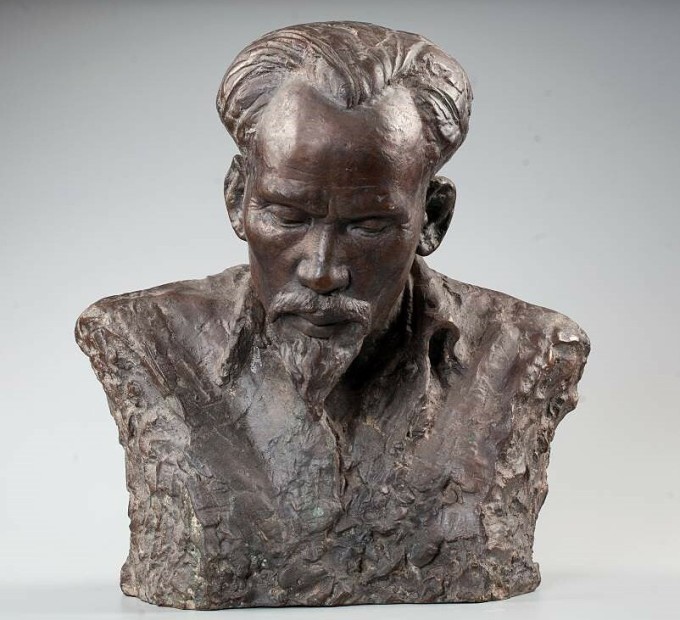
Portrait of President Ho Chi Minh in 1946. Photo: National Museum of History
Every day, Ms. Kim spends two hours in the morning (from 6am to 8am) observing President Ho Chi Minh in his office to compose. She uses direct measuring tools to create a standard shape with harmonious proportions of face, shoulders, and body.
After more than 20 days, she finished sculpting the statue of President Ho Chi Minh out of clay, then made a plaster mold and a negative mold, and poured molten bronze to create the complete work.
The 46 cm high, 17 kg heavy bust, cast in a single hollow block, depicts President Ho Chi Minh with a long beard, a calm posture while reading a book, his head slightly bent forward showing high concentration, his face pensive, his broad forehead slightly furrowed. Under the right shoulder of the statue are engraved the Chinese character 金 (Kim) and the Vietnamese character Ng.T. Kim - 1946 (author's name and year of creation).
The work won the August 1946 Fine Arts Exhibition Award. Among the 80 works in the exhibition, the Portrait of President Ho Chi Minh by painter Nguyen Thi Kim was placed in a prominent position.
Painter Nguyen Van Ty, member of the Executive Committee of the National Cultural Salvation Association, assessed the Portrait of President Ho Chi Minh as "the first step on a long journey that painting has overcome many stages".
The exhibition ended, the statue was placed at the Truth newspaper office (114 Bach Mai Street, Hanoi ). The national resistance war broke out in December 1946, the Truth newspaper office withdrew from Hanoi. To prevent the statue from falling into the hands of the French, Ms. Kim's husband dug a tunnel to bury it right under the family altar.
After the Dien Bien Phu victory in 1954, the French withdrew from Hanoi and peace was restored. On the day the capital was taken over (October 10, 1954), Mrs. Kim's husband returned, dug up the statue, cleaned it, and placed it on the red silk altar. After 8 years underground, the statue still had the same bronze color as when it was first taken over.
In 1959, the Vietnam Revolutionary Museum (now the National History Museum) was inaugurated, and painter Nguyen Thi Kim and her husband donated the statue to the museum.
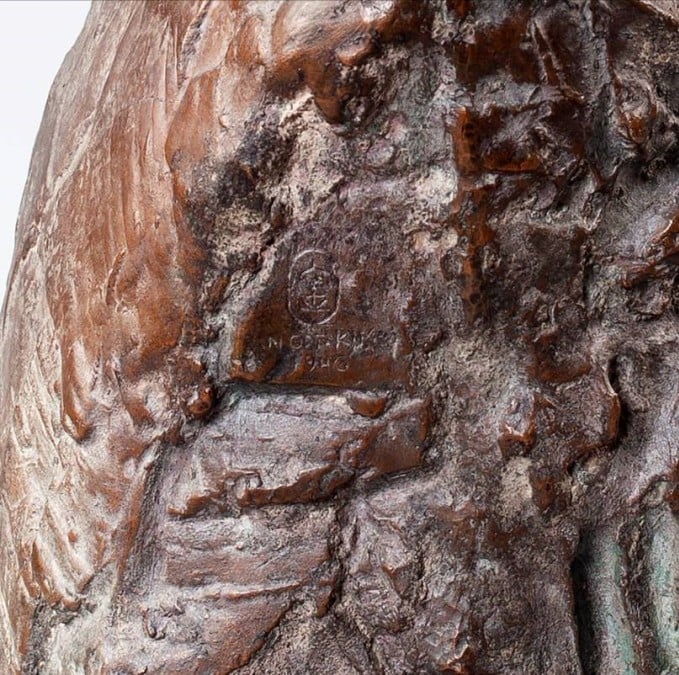
Under the right shoulder of the statue is engraved the Chinese character 金 (Kim) and the Vietnamese character Ng.T. Kim - 1946. Photo: National Museum of History
"The statue depicts President Ho Chi Minh in a simple sculptural language, highlighting the demeanor of the leader who was worried about a hundred things for the country to gain independence," the Department of Cultural Heritage's profile stated and assessed that with a realistic style, the work not only depicts the portrait but also highlights the character's soul, containing an inner self that is both wise and close.
The work was created in the special historical context of Vietnam, when the country had just gained independence, President Ho Chi Minh was shouldering the mission of leading the entire people to overcome "internal and external enemies". "The statue contributed to arousing the strength of patriotism, motivating and urging the entire people and army to enter the resistance war to gain independence and freedom for the Fatherland", the Department of Cultural Heritage cited one of the reasons for proposing to recognize it as a national treasure.
There is another version of the statue that was remade by artist Nguyen Thi Kim based on the model created in 1946. Ms. Pham Tu Huong - the artist's daughter, said that after donating the original statue to the museum, around 1965-1970, Ms. Kim asked for permission to make a version to keep at home as a souvenir. The version of the statue is not engraved with the artist's name and year of creation.
In 2000, painter Nguyen Thi Kim was awarded the Ho Chi Minh Prize for Literature and Arts, with a series of works including a bronze statue of President Ho Chi Minh , a relief of Happiness , a bronze statue of a niece , a wooden statue of a female guerrilla , and a relief of 11 female self-defense soldiers of Hue city.
Source link




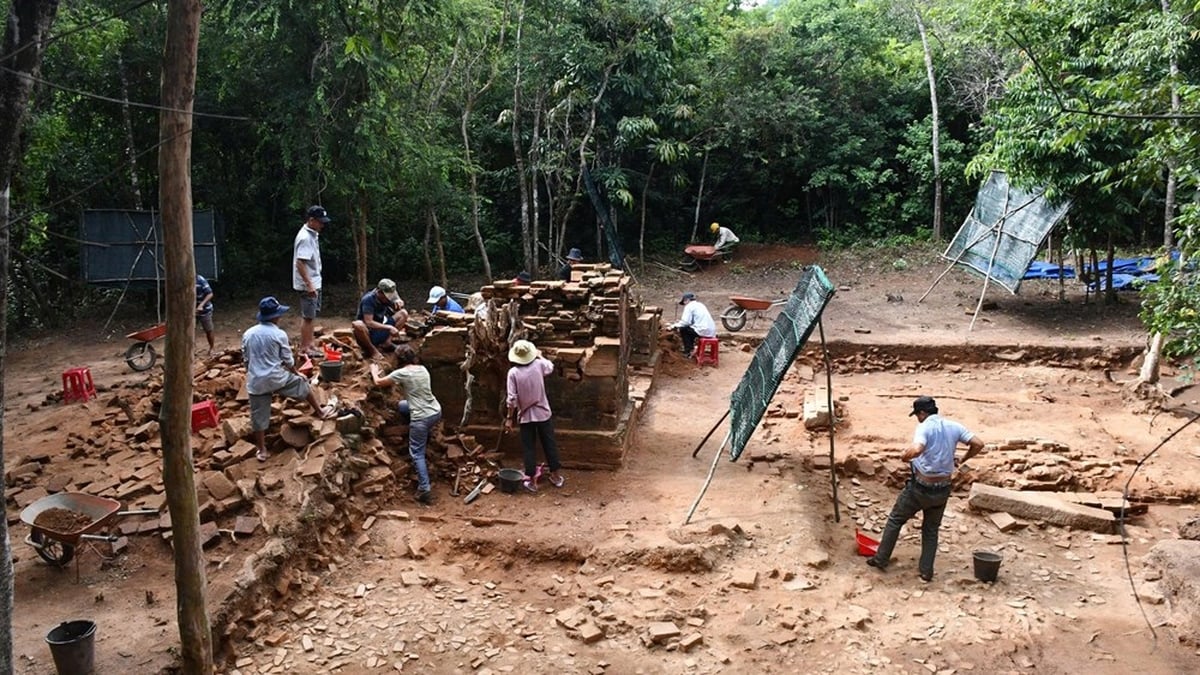
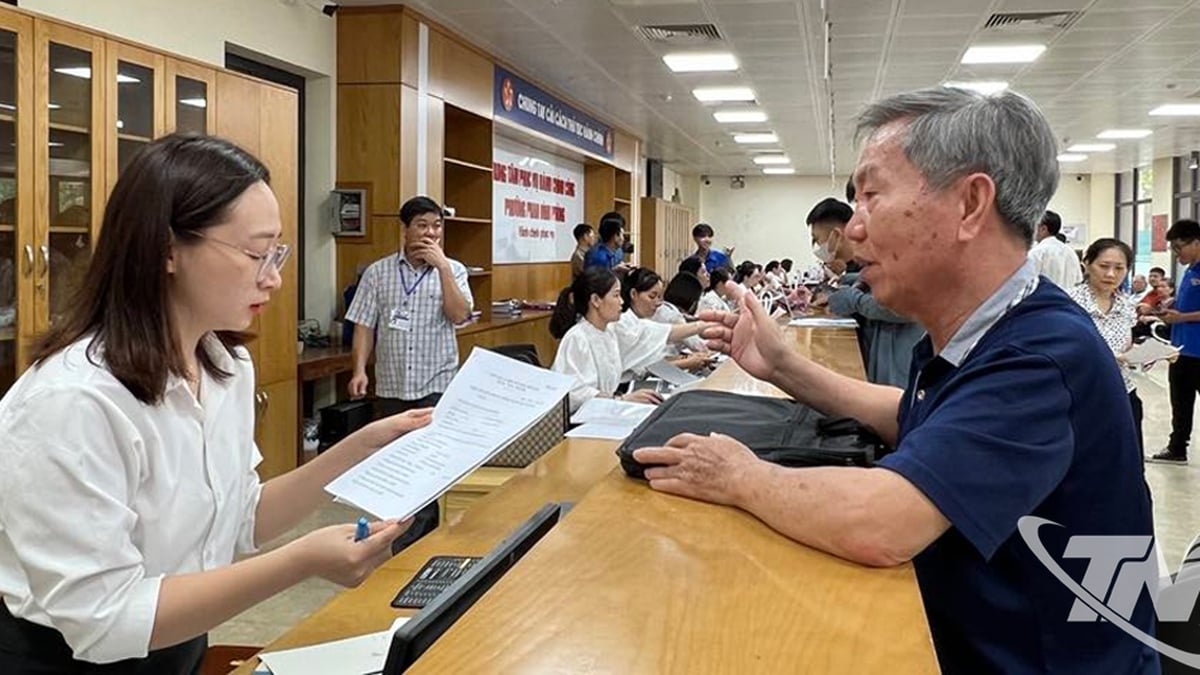



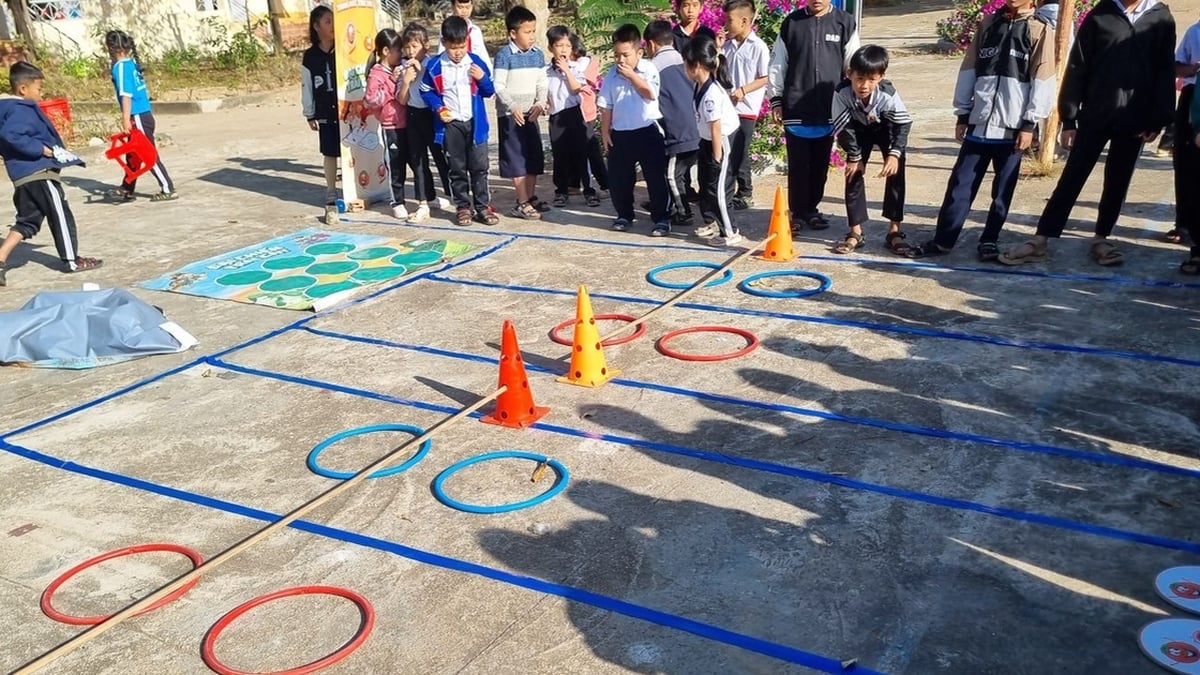
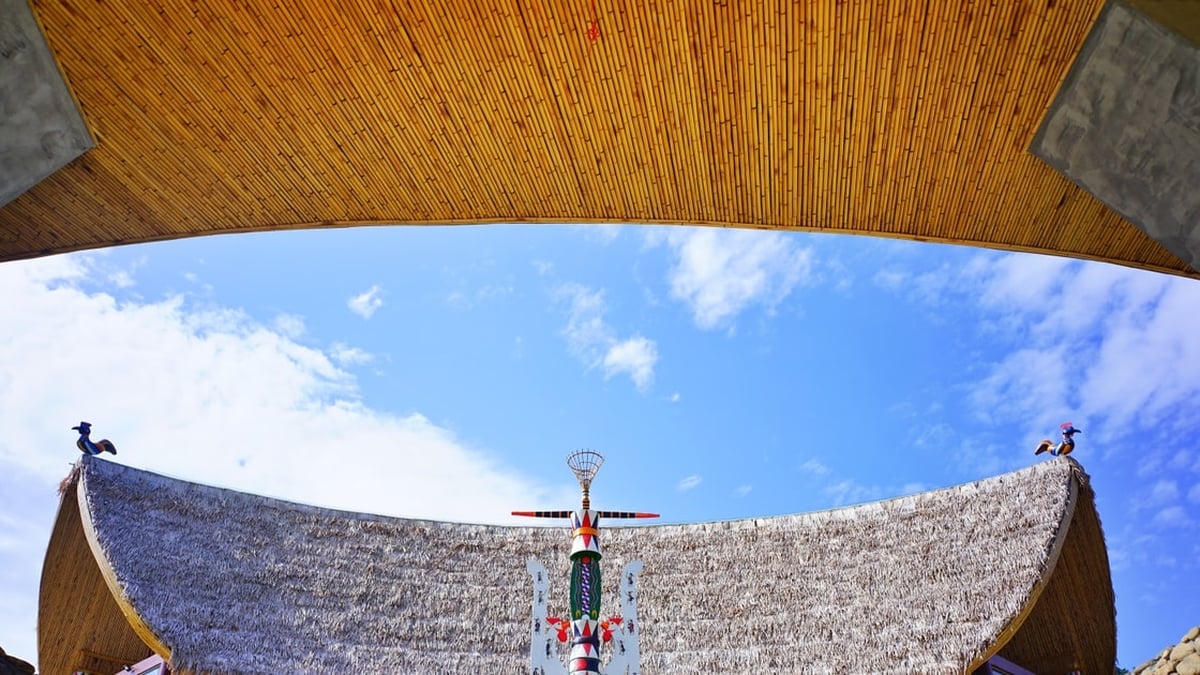
















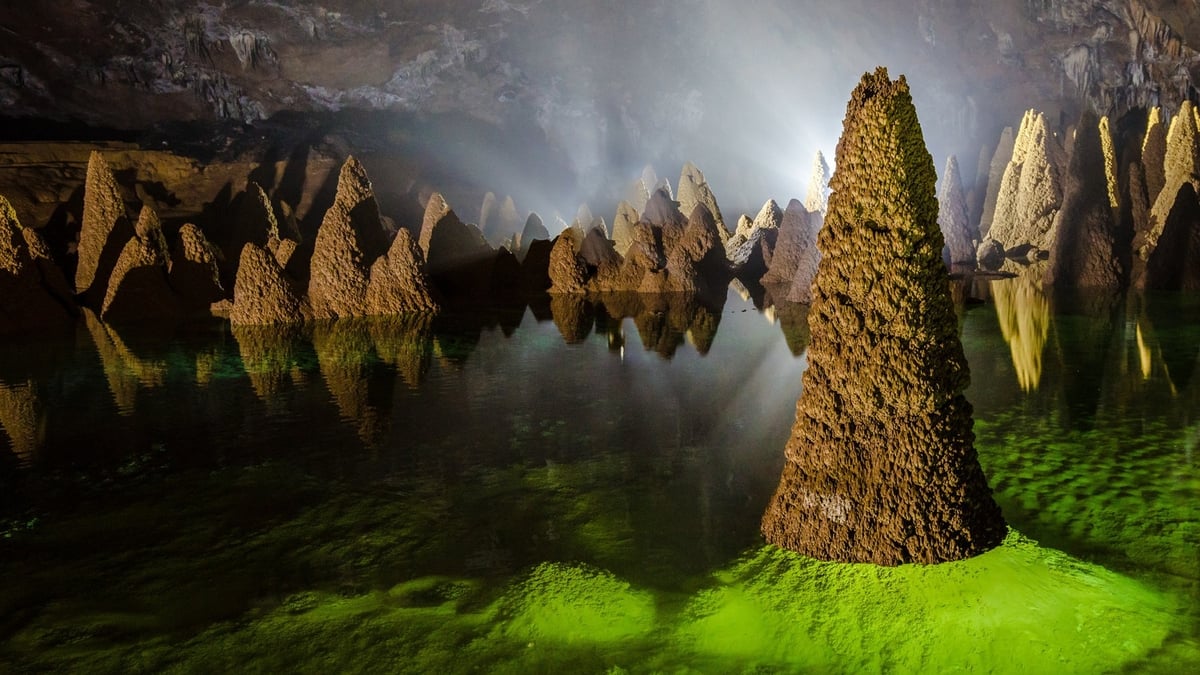






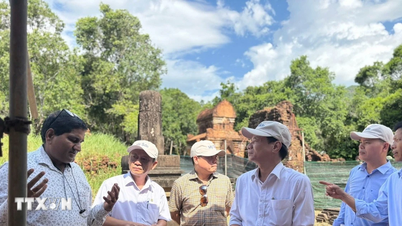





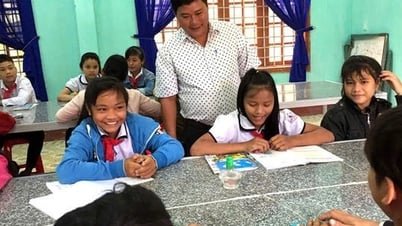

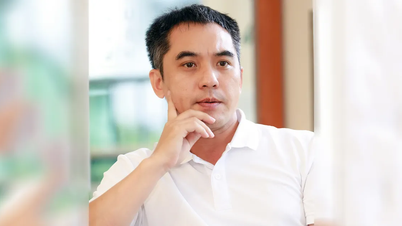

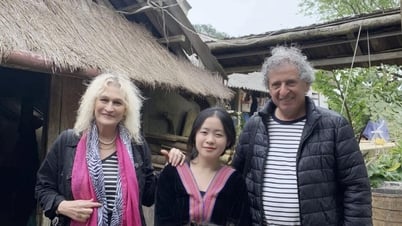







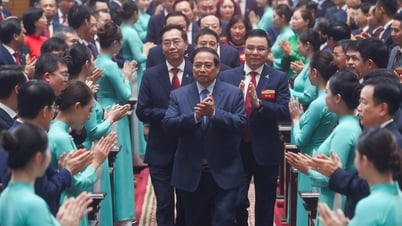











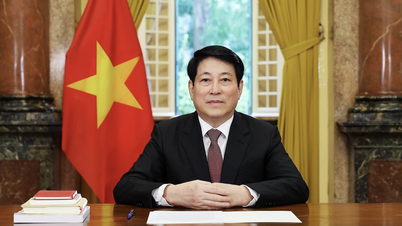
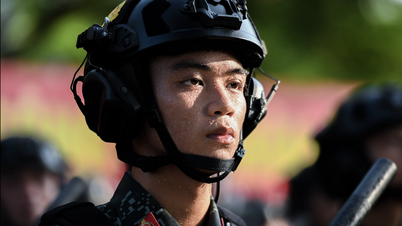
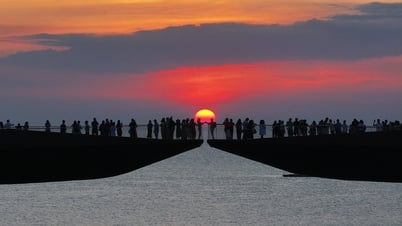

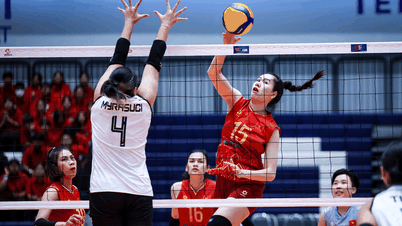

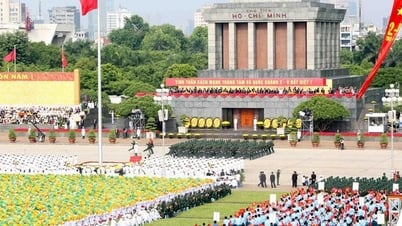

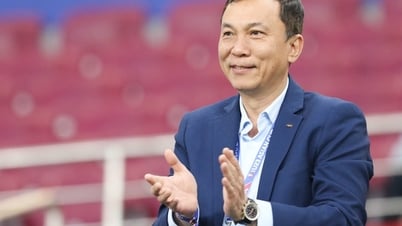


























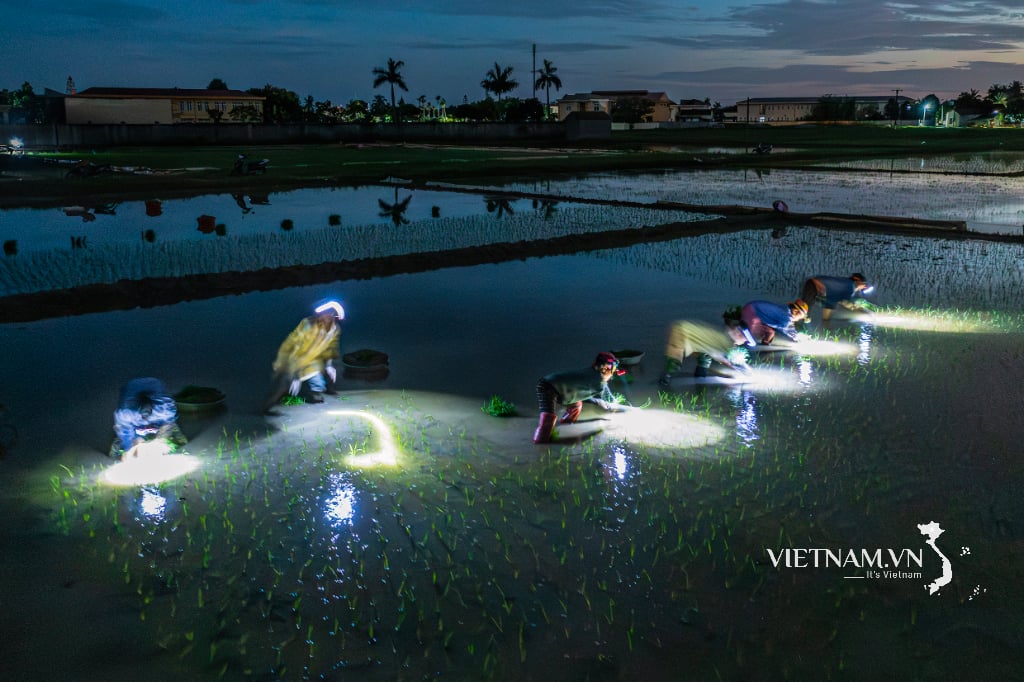

Comment (0)